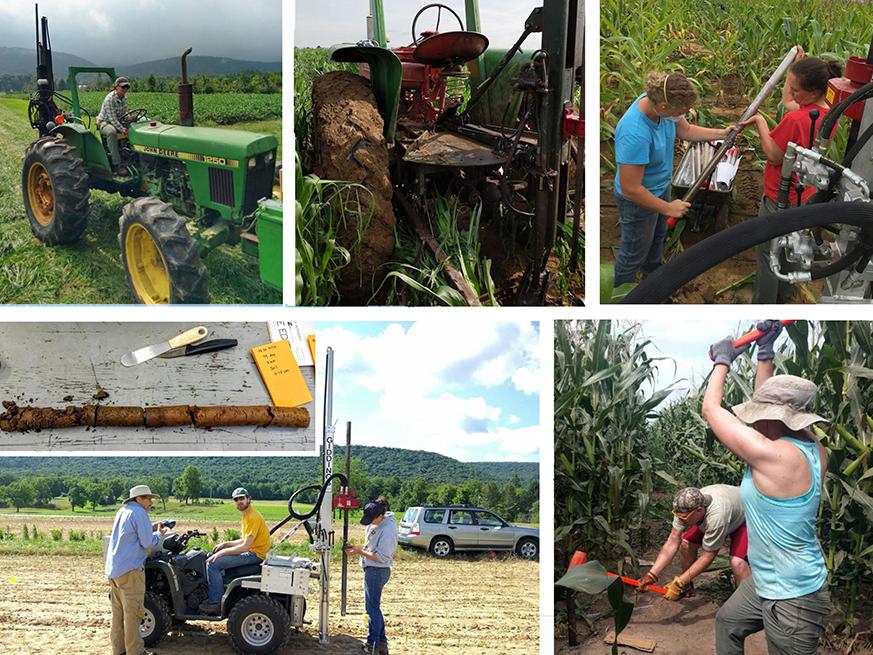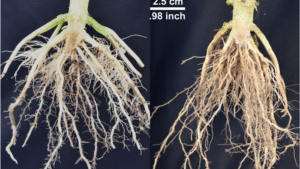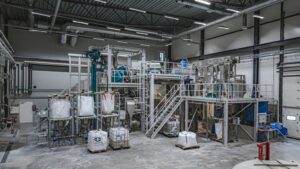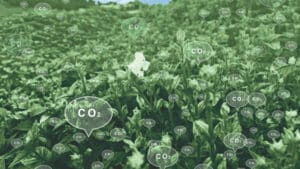The tool could enhance crop drought resilience, improve nitrogen uptake and boost carbon sequestration in soil.
As the threat of climate change intensifies, possibly leading to worsening global drought conditions and hindering crop production, researchers at Penn State University have developed a cutting-edge tool aimed at improving how crops endure drought, absorb nitrogen and sequester carbon deeper in the soil.
The team’s findings detailed in a Penn State news release, published in Crop Science, introduce a novel process where the depth of plant roots can be precisely gauged by scanning leaves with X-ray fluorescence spectroscopy. This technique detects chemical elements in the foliage, leveraging the understanding that roots absorb elements based on their depth, and there’s a correlation between these elements in the leaves and the roots’ depth.
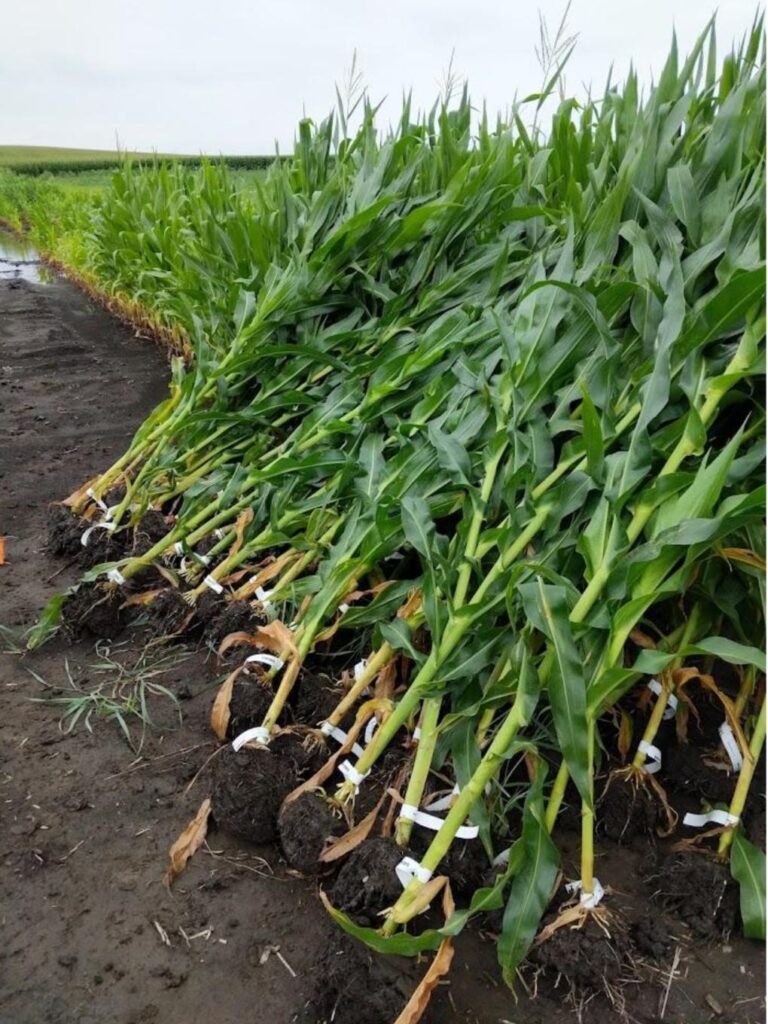
The new technology, currently under a provisional patent application by Penn State, is seen as a potential game-changer in plant breeding. Jonathan Lynch, a plant science professor at the Penn State’s College of Agricultural Sciences and leader of the research team, emphasized its significance.
“The ability to measure the depth of plant roots without excavating them is a game-changing technology,” he said in the release.
Lynch further explained the long-acknowledged benefits of deeper rooting crops, such as enhanced drought tolerance and improved nitrogen uptake. However, he said measuring root depth in the field has been a challenge.
“To breed deeper-rooted crops, you need to look at thousands of plants. Digging them up is expensive and time-consuming because some of those roots are down two meters or more. Everybody wants deep-rooted crops — but until now, we didn’t know how to get them,” he stated.
The development of this method, named LEADER (Leaf Element Accumulation from DEep Root), took six years and involved collecting and analyzing more than 2,000 soil core samples across four research sites in the United States. Molly Hanlon, a former postdoctoral scholar in Lynch’s research group, spearheaded the study, which included growing 30 genetically distinct lines of corn at various locations. The researchers successfully used the LEADER method to classify plots with the longest deep root lengths — deeper than 30 or 40 centimeters — with high accuracy.
Lynch also highlighted the environmental benefits of deeper-rooting crops, noting their ability to store carbon more effectively in the soil.
“Having deeper roots means that carbon the plants get from photosynthesis is stored down deeper in the soil when they build roots. And the deeper carbon is put in the soil, the longer it stays in the soil,” he explained.
He pointed out the significant potential impact on carbon sequestration.
“The U.S. Department of Energy estimates that just having deep-rooted crops in America alone could offset years of our total carbon emissions,” he said. “That’s huge — think about all the acres growing crops in America. If those roots grow just a little bit deeper, then we’re storing massive amounts of carbon deeper in the soil.”


